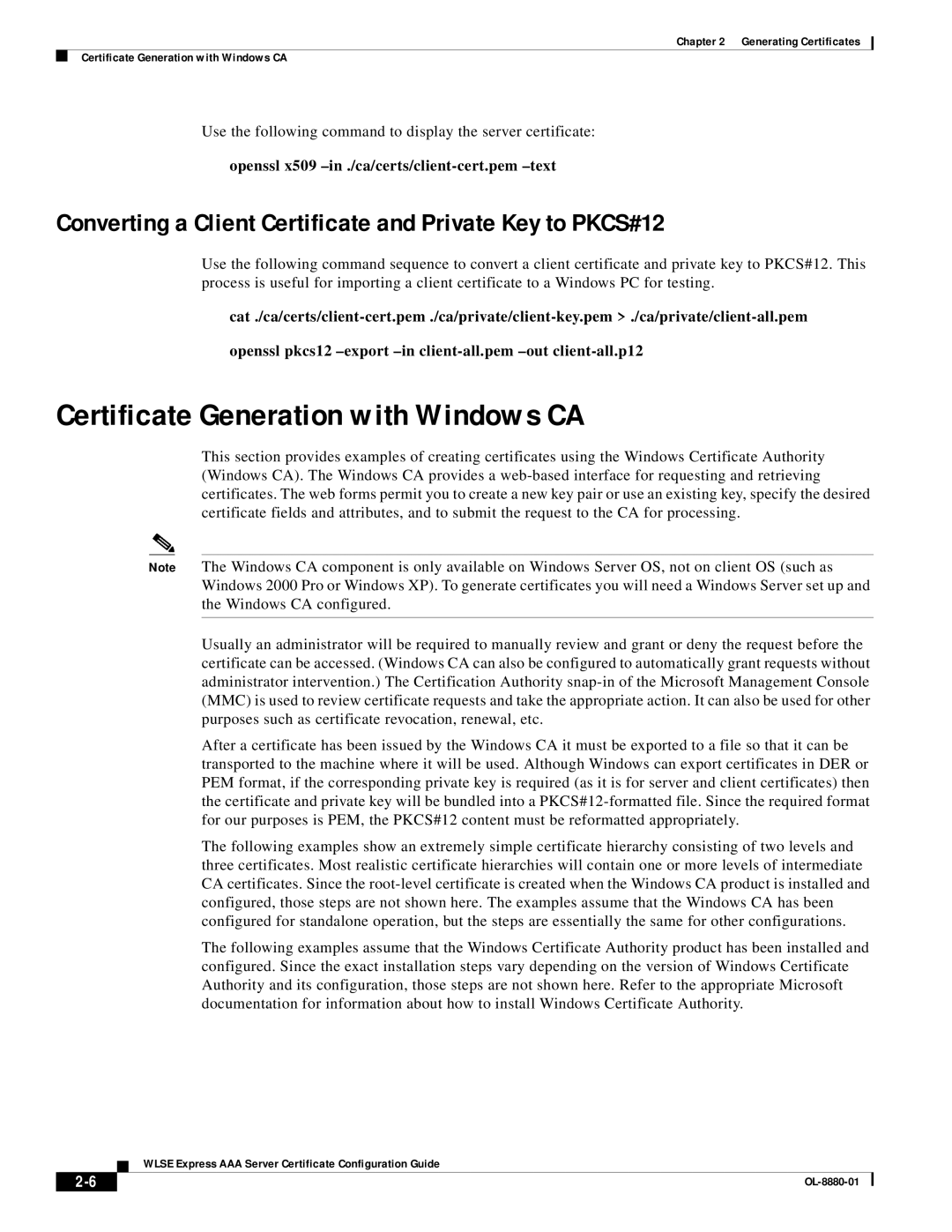OL-8880-01 specifications
The Eureka OL-8880-01 is a cutting-edge robot vacuum designed to simplify home cleaning while maximizing efficiency. As a product of Eureka's commitment to innovation and quality, the OL-8880-01 integrates advanced technologies that elevate the cleaning experience for consumers seeking both convenience and performance.One of the standout features of the OL-8880-01 is its powerful suction capabilities. Harnessing a high-efficiency motor, this vacuum effectively captures dirt, dust, and debris from various surfaces, including carpets, hardwood floors, and tile. The adjustable suction settings allow users to customize the power based on the type of surface being cleaned, ensuring optimal results.
Equipped with intelligent navigation technology, the OL-8880-01 employs a combination of sensors and mapping capabilities, allowing it to navigate and clean efficiently without missing spots or getting stuck. This feature not only enhances cleaning precision but also saves time by allowing the vacuum to cover larger areas in shorter periods.
Moreover, the OL-8880-01 stands out due to its slim design, making it easily maneuverable in tight spaces and ensuring it can reach under furniture and along edges. Its low profile allows users to maintain a clean home without having to move heavy furniture.
Battery life is another critical aspect of the Eureka OL-8880-01. With a robust lithium-ion battery, this vacuum provides extended cleaning sessions on a single charge. The automatic docking feature ensures that the vacuum returns to its charging station when its battery is low, making it hassle-free for users who appreciate automated cleaning.
Another key characteristic of the OL-8880-01 is its advanced filtration system. The vacuum features a multi-stage filtration mechanism designed to capture allergens and fine particles, providing cleaner and healthier air quality in the home. This feature is particularly beneficial for allergy sufferers and families with pets.
The design is complemented by easy-to-use controls and a user-friendly app that allows for remote operation. Users can schedule cleanings, monitor the vacuum’s status, and even control it from their smartphones, ensuring a seamless and integrated cleaning experience.
In conclusion, the Eureka OL-8880-01 combines powerful suction, intelligent navigation, and user-friendly features, making it an excellent choice for those seeking an efficient and reliable robot vacuum. With its emphasis on performance and convenience, this model reflects Eureka’s dedication to providing products that enhance modern living.

